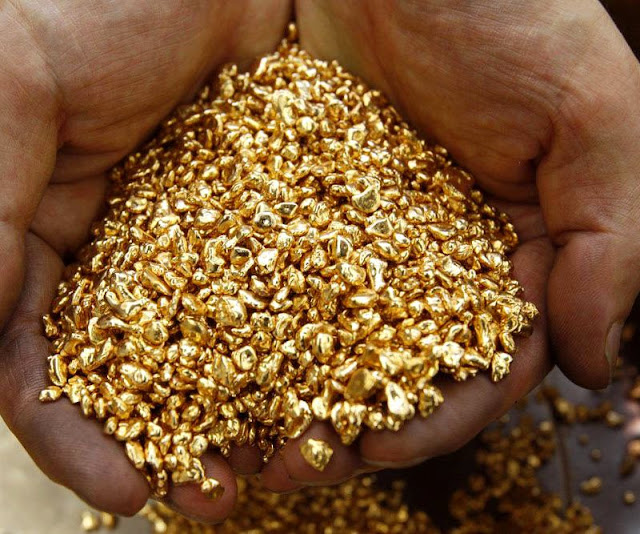Scientists found a way to make invisible gold visible
 |
| Scientists found a way to make invisible gold visible |
Scientists are using the new Geoscience Atom Probe Facility at Curtin University to study mineral deposits containing locked resources of gold in refractory ores.
Curtin WA School of Mines Research Associate in Applied Geology Dr Denis Fougerouse and fellow researchers have found metallic gold nanoparticles only a few nanometres in diameter within the mineral arsenopyrite – a common mineral found in Australian mines.
Dr Fougerouse said the study was believed to be one of the first of its kind, and the discovery challenges the understanding of nanoparticle formation and allowed the team to establish the main controls on gold incorporation in sulphides.
“The application of atom probe microscopy in geosciences is relatively new. The technique is based on field-evaporation of atoms from tiny, needle-shaped specimens to provide three dimensional sub-nanometre scale information of the position and type of individual atoms in the specimen in the mineral,” Dr Fougerouse said.
“Typically, the amount of material analysed is really, really small – a single grain of salt is over a billion times larger than a typical analysis.”
Dr Fougerouse explained large resources of these nanoparticles are ‘locked’ in gold-bearing arsenopyrite, an iron arsenic sulphide, which can be found in mines across the world.
“Arsenopyrite is a very common mineral found in Australian and other mines, and although not every arsenopyrite contains gold, it is common to find gold locked inside this mineral,” he said.
“Our results show that gold can be hosted either as nanoparticles or as individual atoms in different parts of the crystal structure, and the different types of gold yield important information about the controls on gold deposition as the ore body forms.”
Dr Fougerouse explained this study demonstrated the capability of atom probe microscopy in geosciences.
“Our research shows the Geoscience Atom Probe has potential to characterise gold deposition processes at the atomic level. In turn this could help unlock hidden gold resources in known deposits, and will enhance gold recovery,” Dr Fougerouse said.
“Nanogeoscience is a new, but rapidly growing research field. Through this research and use of the Geoscience Atom Probe, we can show that tiny observations can yield big results that have potential economic importance.”
The above post is reprinted from materials provided by Curtin University.